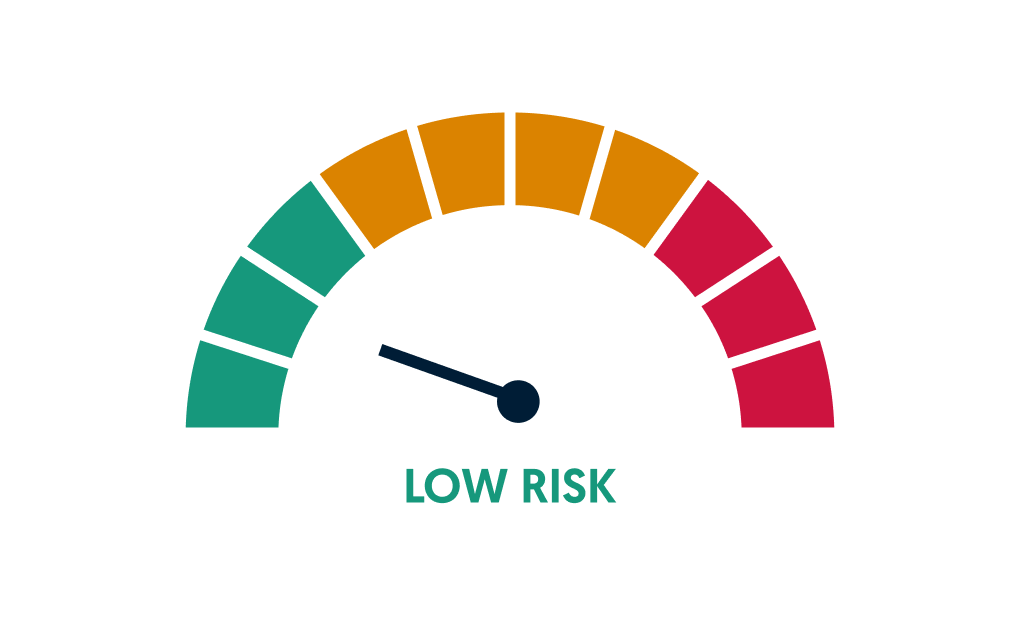Joint Venture Agreement
A Joint Venture Agreement allows two or more parties to enter into a legally binding business contract.
4.4 (73 reviews)
Last updated October 24, 2025
Under 10 minutes
Suitable for Australia
Written by Edwin Montoya Zorrilla
Reviewed by Damin Murdock
Document Overview
A Joint Venture Agreement is a contract between two or more parties who want to do business together for a period of time, without creating a formal partnership or new legal entity. Usually, both parties have an equal stake in the venture, and will both reap the benefits. This Agreement is structured so as to provide the overall framework for the joint venture, while individual projects will be agreed on by the parties as Project Schedules. It should be carefully reviewed.
When is a Joint Venture Agreement used?
A joint venture agreement is typically used when:
- Introducing your product to penetrate the market swiftly;
- Supplementing financials and support for your idea that is currently out of reach;
- Developing the product further before looking at licensing. A joint venture can eventuate into a potential licensing agreement;
- Forming an alliance with a group or individual that has expertise in engineering or industrial design, who is basically able to finalise the product design and prototypes; or
- Expanding your knowledge on the market and potential distribution channel contacts, which can all be utilised for subsequent inventions.
Considerations of a Joint Venture Agreement
Financial prospects
One of the main advantages of a joint-venture strategy is that it allows you to supplement your financial resources by collaborating with your potential partner. These added resources to your lucrative venture can be sought by showcasing a design to the potential partner and then inquiring into the possibility of financial support to finalise a prototype. If the partner is happy with the end design and its viability in the market, then the two parties would generally proceed with the marketing and processes required. This process is much easier to sell to a company than a licensing agreement, as licensing often results in a loss of control.
Protect your idea
Whilst patenting your idea is not essential, it definitely generates a strong negotiable position and legally protects the intellectual property in your product. There is the option to apply for a provisional patent, however it can prove to be risky. The risky nature of this certain patent is due to the time restrictions placed on the user, as it only gives them one year to apply for a utility patent. That year could quite easily end before finalising the agreement with a partner and the product design itself. The more conservative and safe option would be to opt for a very broad patent, which allows you to keep going back and forth with the patent office for several years. This avenue can keep your patent rights open for three to five years.
Something to showcase
It may be difficult for some to manufacture a finalized prototype due to a lack of financial resources, for those that have the opportunity or resources available, I encourage you to develop a prototype prior to pitching the product to potential partners. Being able to offer this to a potential partner is key in that it generates an opportunity for them to visualise the product’s sales potential and its viability in the market.
Do’s and Don’ts when engaging in a Joint Venture
- Don’t be too ambitious and ask for an enormous percentage of profits. Be realistic and keep it below 50%, in an attempt to incentivise the partnership;
- Ensure that the idea itself is not the only thing you bring to the table. You’re not required to take on every function required for the development of the concept, however it is appealing to your partner if you offer a know-how to engineering the product or a strong network of contacts within the distribution channel to expedite sales’
- Make sure that you’ve done your market research. Well prepared individuals will have a more favourable position if they have survey results from 20-30 users and even stronger with respondents from your potential distribution channel.
- You MUST keep the momentum of the project going, whether that be constantly working on the marketing of the product or even brainstorming improvements for the design itself.
Being hit with curveballs is inevitable:
- You may encounter some loss of control over the project;
- You will be somewhat dependent on the other party to complete their jobs to a reasonable standard;
- You won’t be able to withdraw the product and start the company on your own once the joint venture is formally established; and
- Your stance and inputs may be overridden by the partner.
The Legal Risk Score of a Joint Venture Agreement Template
Our legal team have marked this document as low risk considering:
- The agreement outlines specific terms regarding the ownership and sharing of Intellectual Property (IP) created during the collaboration, which could lead to potential conflicts or misunderstandings about the rights and usage of such IP if not clearly understood and managed.
- The document requires the parties to collaborate closely on various projects, which involves significant coordination and mutual reliance on timely and effective execution, posing a risk if either party fails to meet their obligations or expectations.
- The agreement includes provisions for sharing profits and handling financial contributions, which could lead to disputes or financial discrepancies if the project outcomes do not align with initial expectations or if financial contributions are not managed transparently.

Joint Venture Agreement Checklist
Complete your free Joint Venture Agreement with our checklist
Review by Legal Professionals:
Ensure the document is reviewed by a lawyer to confirm that all legal terms are appropriate and protective of your interests.
Clear Communication of Responsibilities:
Communicate the responsibilities and obligations of each party as outlined in the agreement to ensure all parties are aware of their roles.
Regular Monitoring and Updates:
Regularly monitor the progress of the projects and update the agreement or project schedules as necessary to reflect any changes or new understandings.
Secure Proper Signatures:
Make sure that all parties involved sign the agreement and retain copies for their records to legally enforce the terms discussed.
What does the Joint Venture Agreement cover?
- Both parties’ business objectives;
- Roles and responsibilities of each party to the agreement;
- Distribution of cost;
- Profit sharing;
- Liability;
- Dispute resolution;
- Termination.
Other names for Joint Venture Agreement include:
- Joint undertaking
- JV Agreement
- Co-Venture Agreement
What are the differences between a joint venture agreement and a partnership agreement?
A common mistake often made is treating the terms ‘partnership agreement’ and ‘joint venture agreement’ interchangeably. Although the two are similar on the face of it, there are in fact distinct differences.
Should I use a partnership agreement or a joint venture agreement?
A partnership agreement is a legal relationship between two or more individuals, carrying on a business in common with a view of profit. To ensure a professional relationship between partners, it is common that mutual aims and intentions are agreed upon, and often that the partners share the same skill or profession. A partnership ma be legally incorporated.
A joint venture is a less formal legal relationship that allows individuals, or businesses, to work on a project together. The essential terms are generally set out in a written joint venture agreement. Such an agreement commonly identifies that the individuals have not formed a partnership.
A joint venture agreement allows the individuals to have access to new markets, technology and staff. If flexibility is a key feature you’re looking for in a partnership business then the joint venture agreement may be more fitting for you. With the ability to share financial risks individuals are able to approach each other (even if they’re competitors!).
Advantages of a Joint Venture Agreement
- Greater flexibility in terms of tax
- Liability for debts of joint ventures is stipulated to be separate
- Partners are not bound to other partners
Disadvantages of Joint Venture Agreement:
- Joint venture parties are able to avoid fiduciary duties
- No joint enterprise
- Potential conflicts and disputes without the help of a written partnership agreement
Advantages of a Partnership Agreement:
- Partnerships are subject to regulation acts of their respective states and territories, enforcing accountability
- Selling and/or receiving income jointly
- Internal rights to control/manage the partnership
Disadvantages of a Partnership Agreement:
- Partners are jointly and severally liable for debts incurred in the course of their partnership
- Partners cannot enter into their own financing agreements
- Complex issues arise around the way in which assets are held
View Sample Joint Venture Agreement
It's never been so easy
Sign-up to a free Lawpath account
Get started and we'll take care of you. It's that easy.
Browse our 500+ legal documents
Browse our 500+ legal documents to find the perfect match to cover your business needs. We've got Compliance, Employment, Service agreements and more.
Collaborate with e-Sign and Sharing
Having access to your legal documents has never been easier. You can request e-signature, share the document and download for an efficient collaboration.
Create unlimited legal documents and eSignatures for only $39/month.
Upgrade to a Lawpath legal plan to boost your new business.


Here's what people say about Lawpath's Joint Venture Agreement
Reviews are managed by BazaarVoice and comply with the BazaarVoice Authenticity Policy. Reviews are independently verified by BazaarVoice and detail our customers' real experiences.
0 reviews
Most Recent
Highest to Lowest Rating
Lowest to Highest Rating

